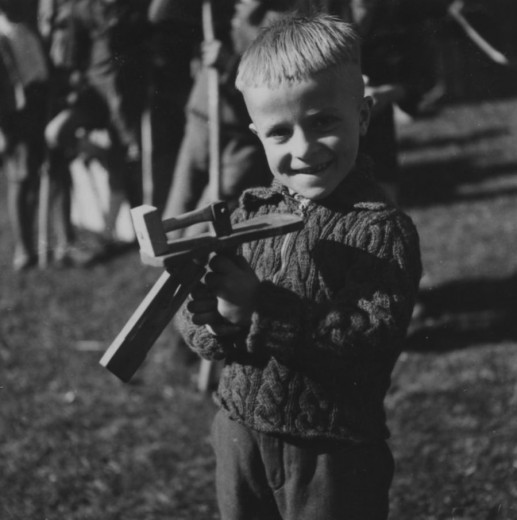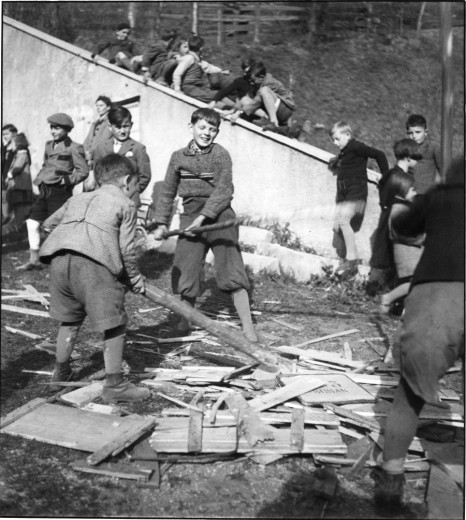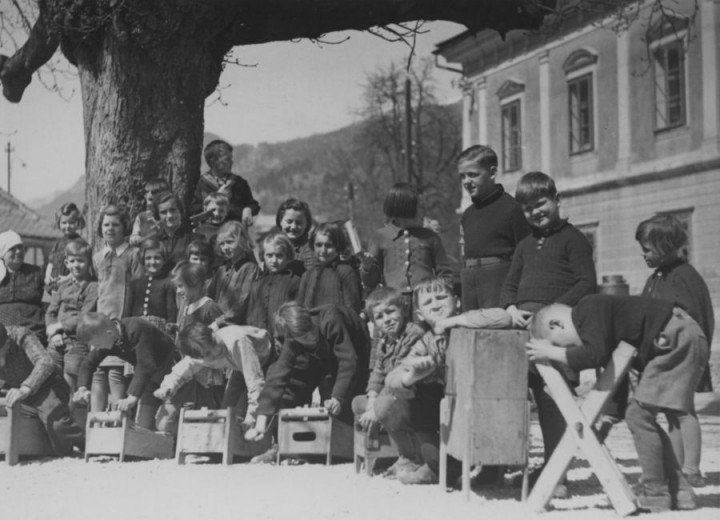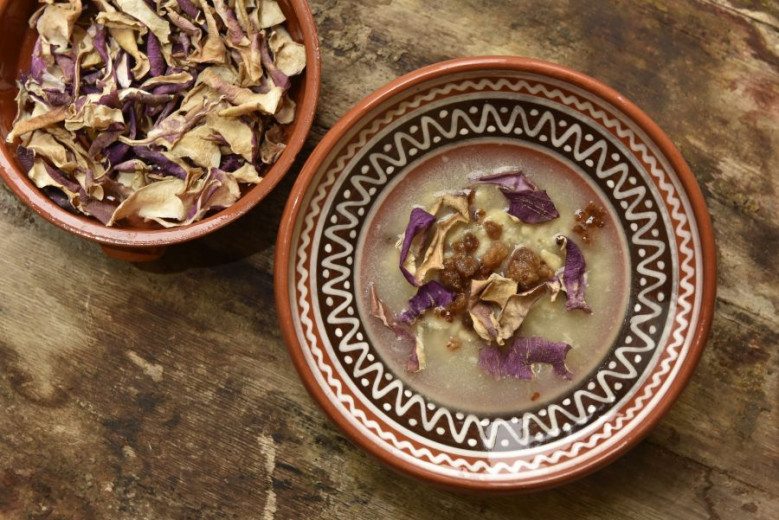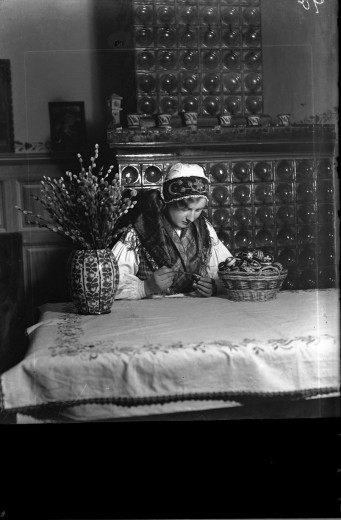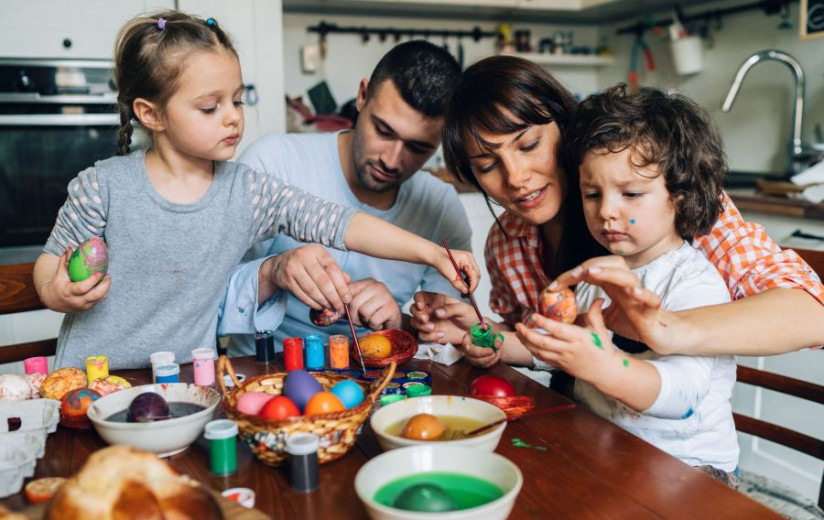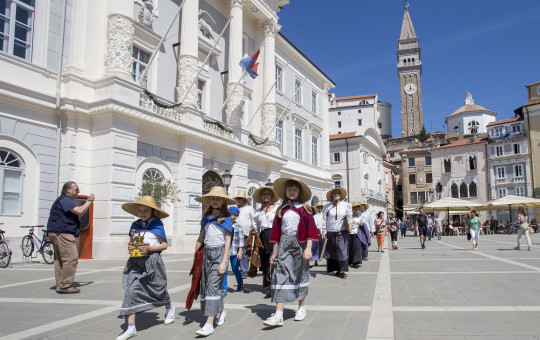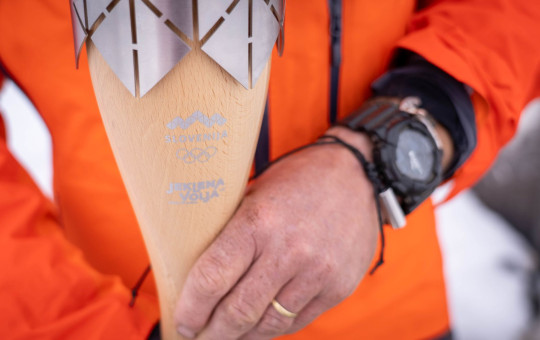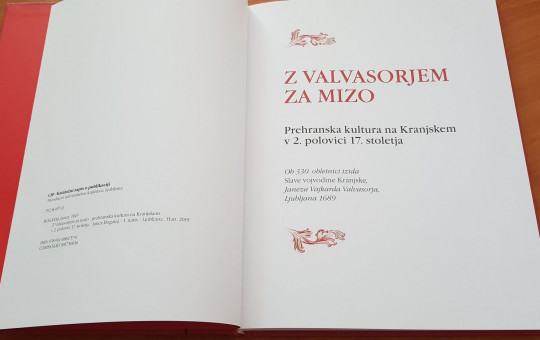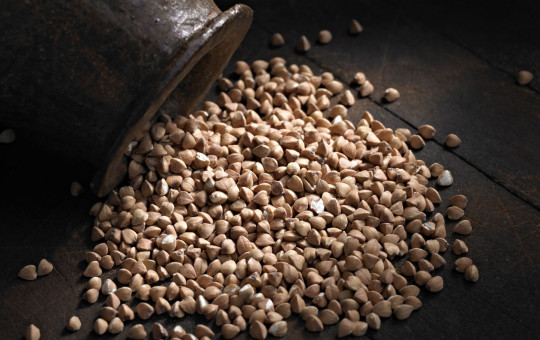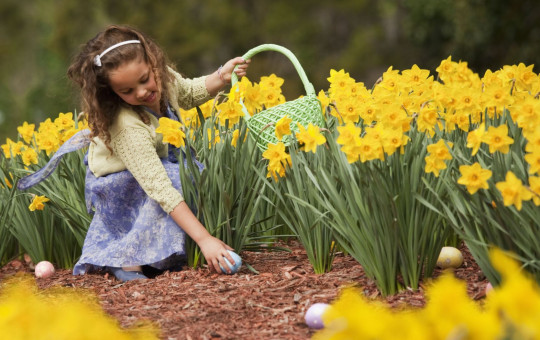Easter is the greatest Christian holiday. It is the day Christians celebrate the Resurrection of Jesus Christ. Children look forward to it because it is the time for pirhi – the painting of hard-boiled or blown eggs. Easter is also marked by the family table being laden with festive dishes. In connection with the Easter period, Slovenia also has its very own Easter customs.
Although most Easter events take place during Easter Week, the Easter period already starts immediately after Shrovetide, on Ash Wednesday. The beginning of Holy Week is marked by Palm Sunday.
The most typical Slovenian customs in this festive time include bundles or olive branches, pre-Easter fasting, silence of bells, fear of God, blessing with fire and water and the customs relating to their power, carolling, dyeing of Easter eggs and games including them, as well as making potica and other delicacies.
Bundles and other fresh greenery on Palm Sunday
According to the Slovenian tradition, on Palm Sunday different bundles, known as butarice, or olive branches are brought to church for a blessing. The most beautiful are bundles made at home. In Dolenjska, the base of the bundle is made of branches from different shrubs, such as hazel, catkin, elderflower, the wayfaring tree and Cornelian cherry. The bundles are mostly made of three branches, with the exception of catkin bundles, where more branches can be used. The other greenery and plants bound into bundles include the following: evergreen (called žimberc or žingrec), which in the form of a wreath represents Christ's crown of thorns, hazelwort (a flower with kidney shaped leaves and brown and purple flowers), which represents the source of life, boxwood, a symbol of protection (of roofs and houses) against storms, and juniper, a symbol of suffering. Apart from the above-mentioned plants, also ivy can be used (ivy branches with larger leaves and as many berries as possible make the most beautiful bundles). The top of the bundle can be decorated, for example with daffodils and forsythia flowers. A branch of a fruit tree from a home orchard (to make the tree bear fruit), hay (for the blessing of livestock), and perhaps an apple (for blessing people) can also be bound into the bundle. The branches and the greenery are usually bound together with a white ribbon. The ribbon has no special role other than its aesthetic appearance. In the past, mostly boys needed such a ribbon as they wore the bundles on their shoulders (while girls held the bundles in their hands).
As to the shape, the most outstanding bundles are Ljubno bundles, ornate bundles made in Ljubno ob Savinji and the surrounding villages, and bundles from Ljubljana made from wood shavings.
-
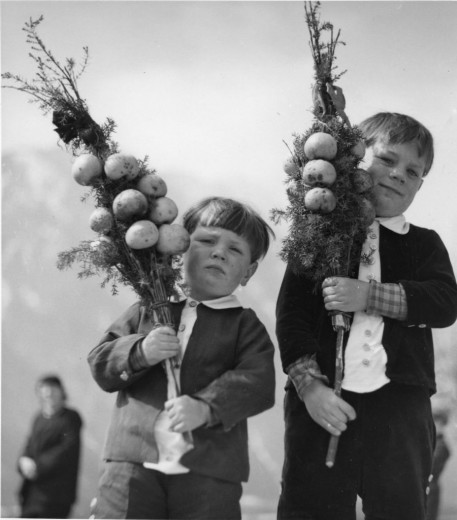
Certain rules applied to the preparation of Palm Sunday bundles. The size of the bundle was supposed to reflect the age of its owner, so children carried smaller bundles, while older boys also added hazel branches to their bundles to make them longer.Photo: SEM archives
-
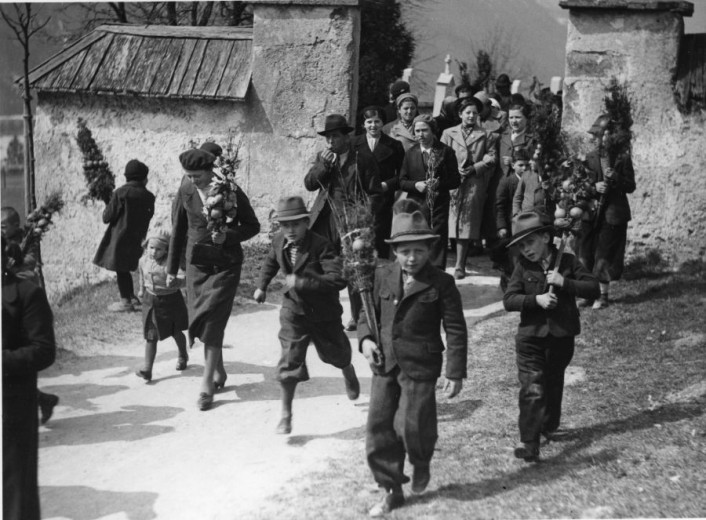
On Palm Sunday Catholics take olive branches or spring greenery bound in bouquets and bundles to the church for a blessing. Photo: SEM archives
-
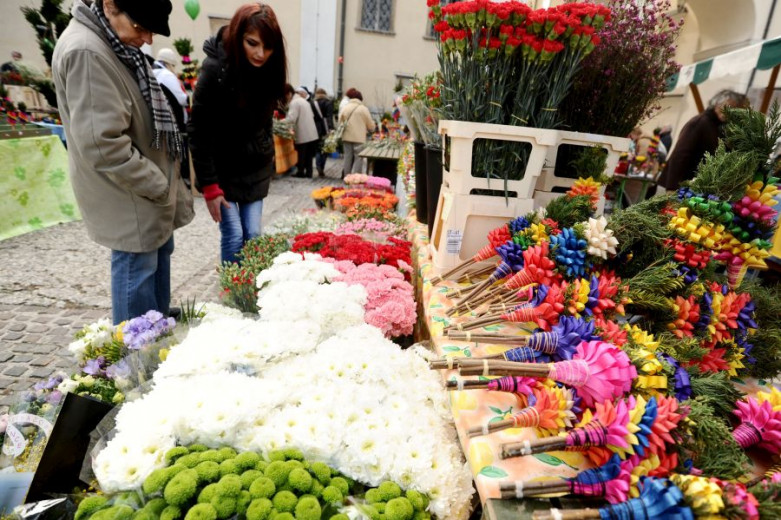
Bundles from Ljubljana made from wood shavings. Photo: Tamino Petelinšek/STA
-
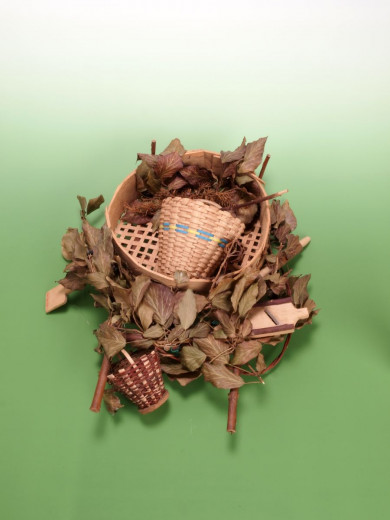
A Palm Sunday bundle from Ljubno in the shape of woodenware. Photo: SEM archives
-
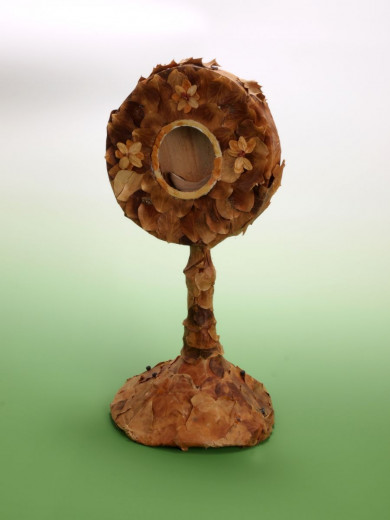
A Palm Sunday bundle from Ljubno in the shape of a monstrance. Photo: SEM archives
The silence of bells and the power of water
Starting on Maundy Thursday, the church bells stay silent for three days, as do other bells and church organs. The silence of bells was a shocking event for our ancestors, to which they connected a series of customs and beliefs. According to folk belief, water has special power from Maundy Thursday, when the church bells are silenced, until Holy Saturday, when they are released again.
Therefore, many women crowded around wells to pour water at that very time, because they believed that if you washed your face at that time you did not need to worry about beauty ever again in your life!
In some regions, water was brought to older people to wash their eyes, as such water would heal their eye pain. In the Koroška region, people believed that at that time they could get rid of irritating skin rashes. In the Drava Valley, it was also believed that people could get rid of toothaches for the entire year if they kissed the earth three times during the days the church bells were silent. In some parts of Koroška, on Maundy Thursday housewives locked their poultry in the basement or in another dark place where the birds had to stay without water and corn until Holy Saturday. After this penance, the animals were protected from vultures, foxes and ferrets.
God's Frightening
An interesting Easter custom is "God's frightening", called "strašnice" in Slovenian.
This custom symbolises the earthquake that allegedly occurred when Jesus Christ died on the cross.
For such purpose (i.e. to recollect the earthquake and make noise in churches from Wednesday until 3 p.m. on Good Friday, namely the time when Jesus Christ died on the cross), different objects were used, such as rattles and old wooden implements, on which people beat with poles until the objects turned into matchwood. The wood was used on Saturday morning to make a holy fire.
Quiet Good Friday
Good Friday is the only day of the year when there is no Mass in church because God is allegedly sleeping on that day. In the past, farmers did not work in the field on Good Friday. A weather proverb for Good Friday says that rain on that day brings a dry (or infertile) year. In the Šaleška Valley it was said that those who worked in the field the three days before Easter would make the fields unfertile. People in Štajerska believed that around Easter the land was dead and therefore they did not plough the fields.
In the past, Good Friday was the strictest day of fasting and in some regions people also fasted on Holy Saturday. A famous Easter fast dish is the so-called "Aleluja", which housewives put on the table on Saturday morning.
It is a dish made of dried turnip peels (in some regions housewives add groats or ham stock). This dish has been preserved until today in honour and memory of a severe famine that people in the Slovenian provinces suffered several centuries ago. On Good Friday women are also not allowed to do the laundry.
In some parts of Slovenia, people still believe that on Good Friday, the time when Jesus Christ was placed into the ground, nature comes to life and that everything sown and planted on that day will bring good crop yields. In Koroška, hunters had a particular belief.
They believed that those who ate – on an empty stomach before sunrise on Good Friday – the heart of a game animal that had been shot on Good Friday of the preceding year would have great luck in hunting: they would come across wild game whenever they wanted!
But it was, however, already a certain success if they at least made their dog devour such meat; this would make the dog the best dog in the world, one that would always help the fearless hunter find success on the trail of game.
-
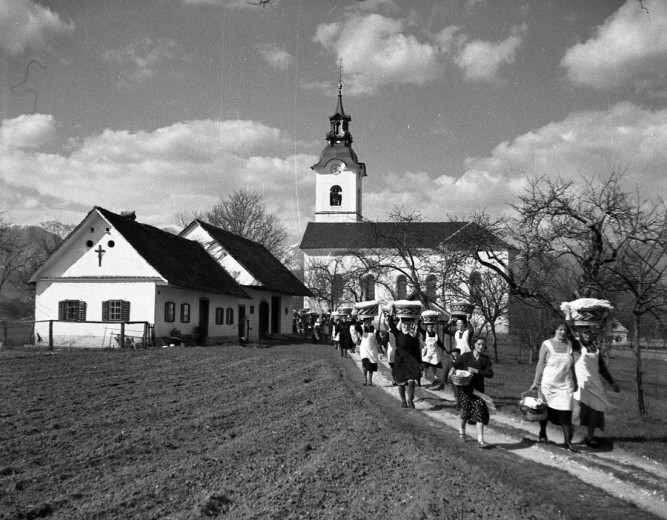
In the past, Slovenian housewives covered the Easter food basket with a linen cloth embroidered with religious symbols. Photo: SEM archives
-
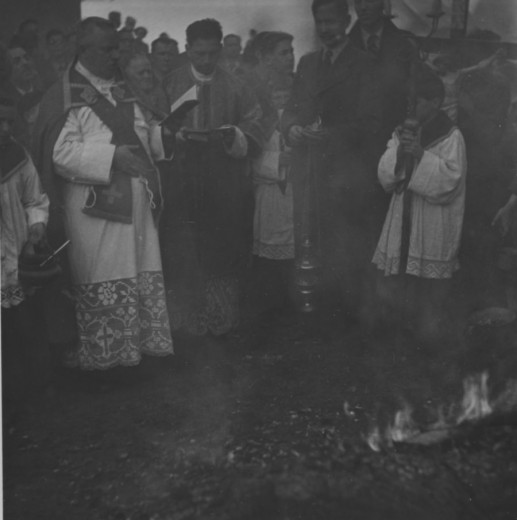
Blessing. Photo: SEM archives
-
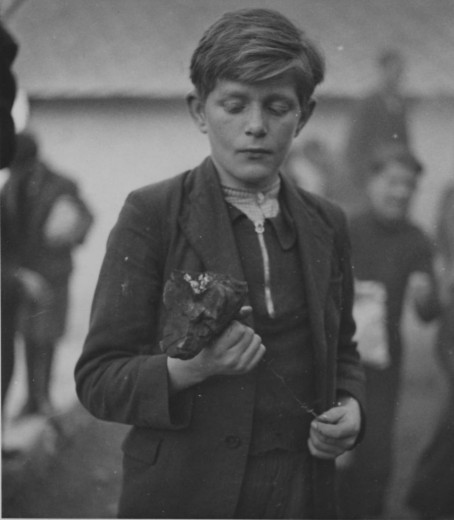
Fire and water consecration with a smouldering tinder fungus, which reminds Christians of the fact that God approached Moses in the form of a burning bush.Photo: SEM archives
-
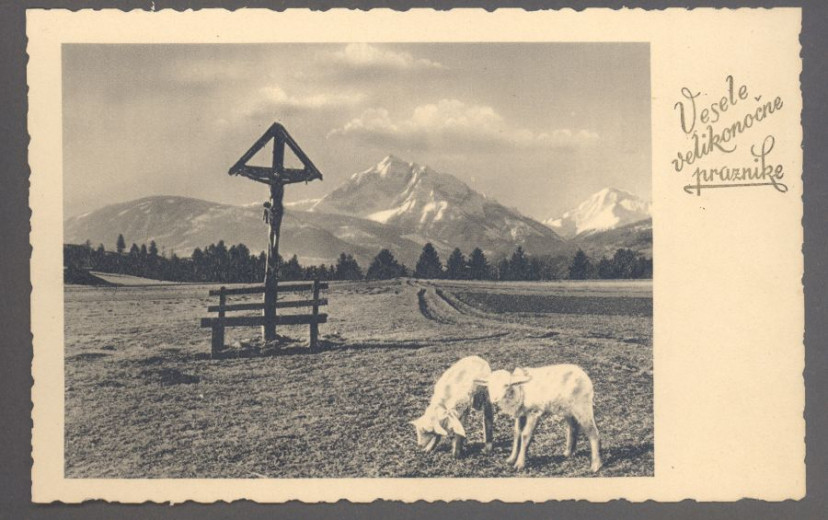
An Easter greeting card. Photo: SEM archives
New fire
On Holy Saturday morning the consecration of fire and water takes place. This custom is called the restoration of fire.
To this end, people pick tinder fungi in the autumn or winter and dry them on wood stoves or in attics.
Then a hole is made in the dry fungus and a wire is passed through, because the fungus must be rotated continuously on the way home from the church, where the fire is consecrated, in order to prevent it from extinguishing.
-
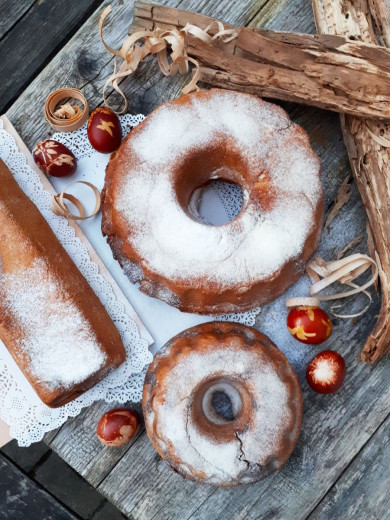
Potica is a traditional festive pastry that adorns Christmas and Easter tables. It is usually made with walnut filling. Photo: STA
-
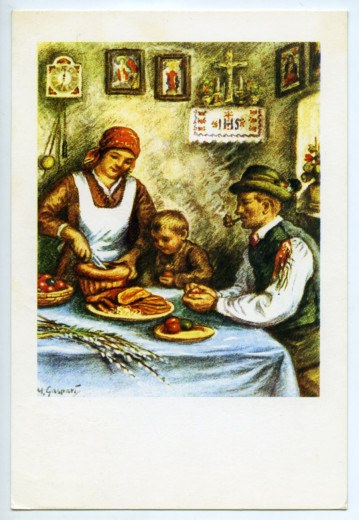
In Slovenia, the Easter table is dominated by Easter treats, such as ham, horseradish, hard-boiled Easter eggs, the traditional rolled pastry (potica), and a bottle of good wine.Photo: SEM archives
The consecrated fire is then brought from home to home by young boys (against payment, nowadays cash, while in the past the boys were happy to get an Easter egg or an orange) and on Holy Saturday morning a fire is made in a wood stove with this (newly) consecrated fire. The smouldering fire is then used to "purify" the air in every room of the house.
Blessing of Easter dishes
On Holy Saturday the blessing of baskets with Easter dishes also takes place. In the past, the baskets were brought to church by girls, usually by the oldest unmarried girl in the family. There was a superstition that the girl who returned home first from the blessing would get married that year. While the girls were returning home the men would be shooting off small cannons, mortars and pistols. The original reason for all the mortars and shooting was the ancient belief that demonic forces and ghosts would be dispelled by the loud noise.
Even long ago, Valvasor wrote that the men of Slovenian Istria who went to church on Holy Saturday would fill their trouser pockets with millet, as this would bring the family a good harvest that year.
It was important, however, to ensure that a rabbit did not cross your path on that day, otherwise you would have to return home immediately. Ljubljana had its own special fun event on Easter Monday, called the "apple cannonade". The cannonade was held in a gravel pit at a place today called Navje. People believed that this custom was a memory of the victory over the Turks in 1584, when the Turks allegedly encamped in the pit and pillaged throughout the town. Thus, the pit was called the Turkish pit. The cannonade was practiced until the end of the 19th century. During the cannonade the citizens would throw apples, oranges, Easter eggs, sweets and other treats to the children, who caught such delights. This custom lasted until the pit was filled in.
-
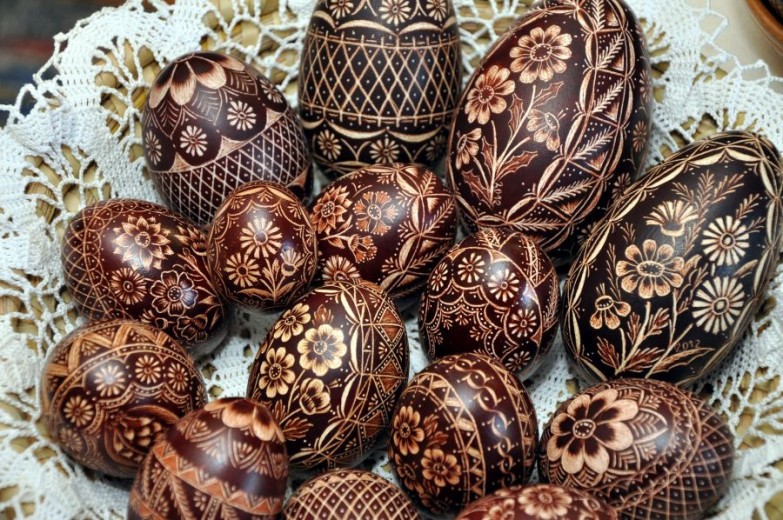
Easter "drsanka".Photo: Rasto Božič/STA
-
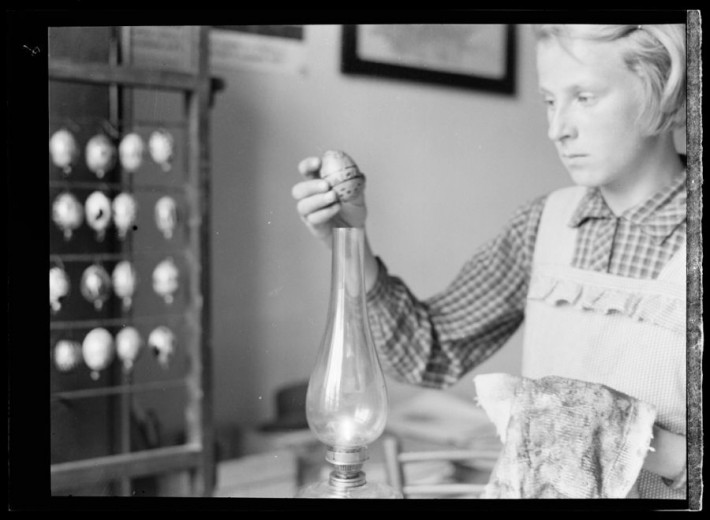
In Bela Krajina, Easter eggs, called pisanke, are created using melted beeswax, a writing tool, and a candle with which red and black paint are melted. Photo: SEM archives
-
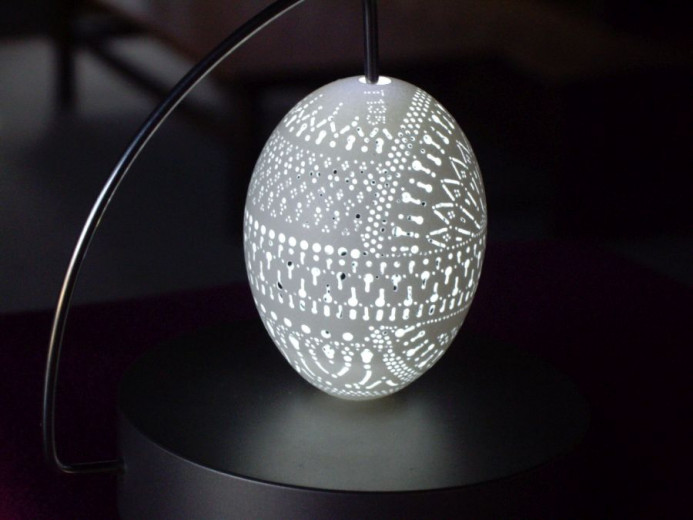
Vrhnika eggs are famous for how they are made, i.e. by piercing the eggshells. Photo: Petra Trček/STA
-
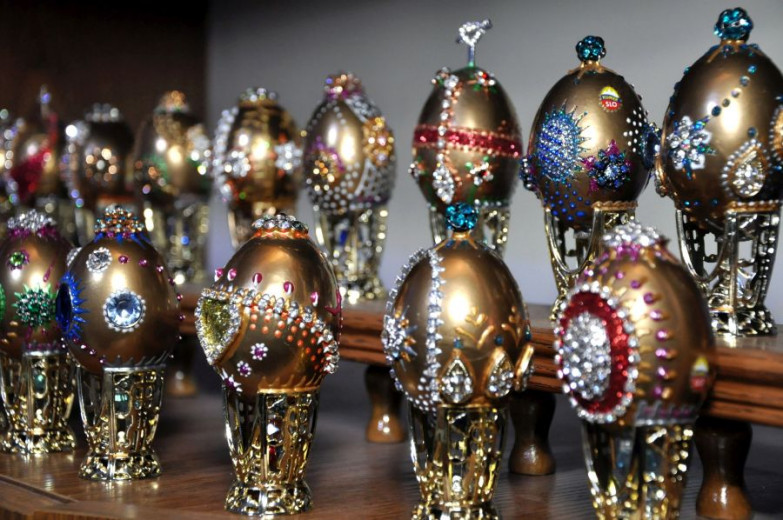
Easter eggs with cristals. Photo: Rasto Božič/STA
-
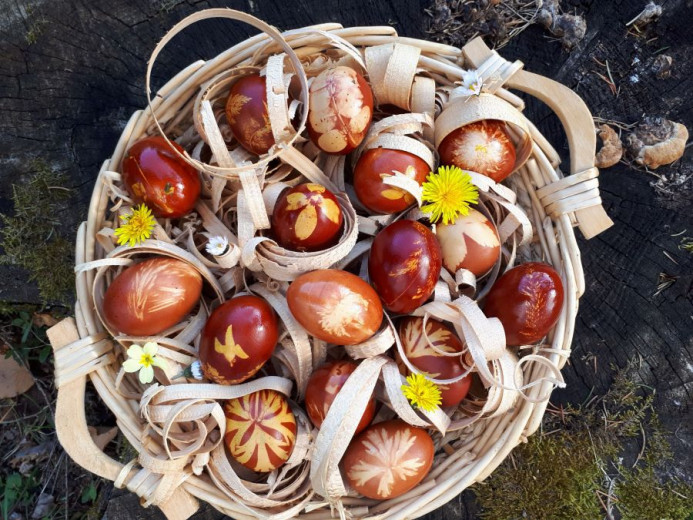
Slovenians also like to colour Easter eggs with natural ingredients, such as onion skin (brown), blueberries and dark grape juice (blue), some spoons of ground red pepper or carrots (orange), spinach leaves (green), and a blend of beetroot, cranberries or cranberry juice and rosehip tea (pink).Photo:STA
-
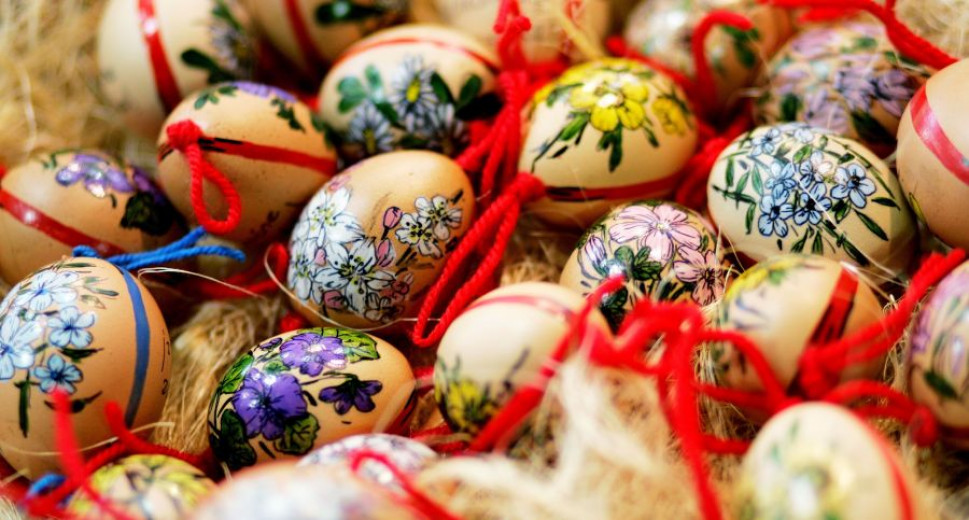
Easter eggs with spring motives. Photo: Rasto Božič/STA
The end of Easter celebrations on Whit Sunday
In the past, Easter celebrations were extended up to Whitsuntide. In the Mežiška Valley, Easter Tuesday was a work-free day a few decades ago.
It was a farm holiday, a day for celebration. The name Whit Sunday goes back to the ancient Christian times.
Throughout the week after Easter, the recently baptised would come to the church dressed in white, while on Sunday they took off their white clothes. Whit Sunday marks the end of the Easter cycle.
Date: 27. March 2024
Time to read: 4 min

